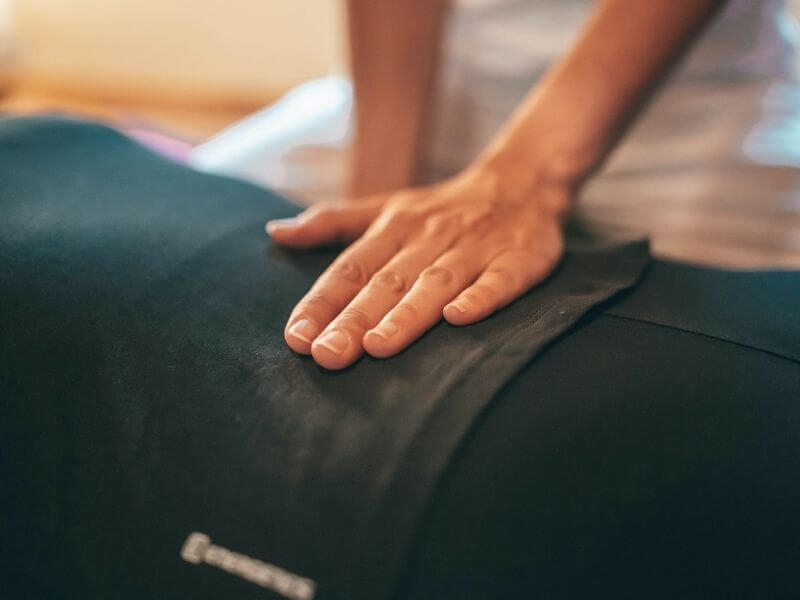If you were experiencing sore legs or tight muscles in your back, a physical therapist would probably be the first person you called. But many people who are experiencing pelvic pain and dysfunction are unaware that pelvic floor physical therapy is also a viable treatment option.
Just like with ‘regular’ physical therapy, pelvic floor physical therapy works to recondition the pelvic floor muscles by strengthening and stretching them to alleviate pain and dysfunction. Your physical therapist will manipulate your pelvic muscles, while also educating you and giving you exercises to continue at home.
Pelvic floor therapy can be beneficial for a wide variety of pelvic flood disorders – keep reading to see if it might be right for you.
Pelvic Floor Physical Therapy
The pelvic floor comprises the muscles that support your pelvic organs (ie, the bladder, bowels and reproductive organs) and maintain bladder and bowel control. Just like with any muscle group, these pelvic muscles may be too tight or too week to work properly. The goal of pelvic floor physical therapy, then, is to strengthen and relax these muscles, to help improve their function and alleviate any pain.
A pelvic floor physical therapist will begin by learning your medical history, along with educating you about how the muscles, organs and tissues of your pelvic floor work together. After understanding your needs, they will begin the process of working with you to help relieve any pain or dysfunction.
The two main types of this therapy are external and internal. Externally, your therapist can use deep tissue massage, skin rolling, and other types of manual therapy, as well as modalities like heat, ice and electrical stimulation, to manipulate your pelvic muscles and tissues as needed.
Pelvic floor physical therapy can also be internal, meaning that your therapist may inset their finger or vaginal dilators into your vagina or rectum, usually to do assessments or to determine trigger points and painful areas.
Of course, many women seek pelvic floor physical therapy because they find penetration painful or uncomfortable, so note that you do not need internal therapy for this treatment to be successful. Your physical therapist can also work with you over multiple appointments, to build up to the point where you can accept penetration if you so choose.
Who Can Benefit From Pelvic Floor Therapy?
Pelvic floor physical therapy works well for many pelvic floor disorders. It can be used to treat pelvic pain, as well as vaginismus, painful sex, rectal pain and endometriosis.
The pelvic floor is also responsible for bowel and bladder control, and therapy can help with incontinence, constipation and other issues with elimination. Therapy can also be used to help alleviate menopause symptoms, and promote postpartum and pregnancy wellness. It can also help women who have underdone gynecological cancer treatment.
And please note that while not the focus of this article, pelvic floor therapy can also be used to treat many of these same conditions in men, along with ejaculation issues.
What Can a Pelvic Floor Therapist Do For You?
Next Steps
If you are not able to fully treat your condition with physical therapy, your therapist should also be able to help recommend where to look for alternative treatment. Our Physician Finder is another tool to find pelvic floor specialists in your area.
Many women don’t seek help for pelvic pain and dysfunction due to embarrassment or lack of knowledge. That’s why it’s critical to be proactive about your health, understand your pelvic floor, and seek out help when and where you need it – which just might be at a physical therapist’s office.




















